‘The market dictates the terms’: how problems of milk production and processing solved in Tatarstan
Exports to Africa and “School milk” are going to help Tatarstan's “milk rivers” not run out
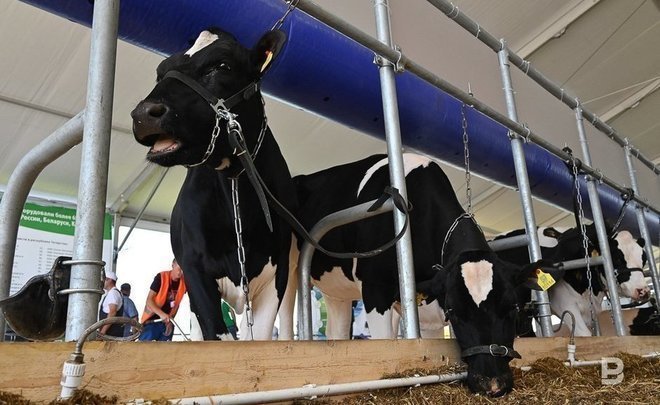
The geography of Tatarstan milk supplies is extensive — from St. Petersburg to Sverdlovsk and Perm in Russia to the markets of Central Asia. The volume of milk production in the republic is 2 million tonnes a year. This is slightly less than 10% of the all-Russian indicators. The potential to production increase has not been exhausted. However, a number of factors threaten the dairy industry of Tatarstan. Experts interviewed by Realnoe Vremya know what prevents producers of milk and dairy products and how to increase the profitability of their production.
Problems of the dairy industry
Tatarstan is consistently among the top three leaders in milk production in Russia. In 9 months of this year, 1,2 million tonnes of milk were produced in the republic, which is by 10% more than in the same period last year. According to the results of 2022, the Republic of Tatarstan took the first place in Russia in terms of gross milk production (2,065 thousand tonnes in 2022 — the republic passed the mark of 2 million tonnes for the first time in history). According to market participants, such results are far from the limit.
As the head of the Association of Farmers and Peasant Farms of Tatarstan, Kamiyar Baytemirov, told Realnoe Vremya, Tatarstan now supplies milk to various Russian cities — from St. Petersburg to Sverdlovsk and Perm. In turn, Denis Pirogov, the director general of the Union of Milk Producers of Tatarstan (Tatmolsoyuz), said that republican producers export their products to Asian countries — Kazakhstan, Uzbekistan, Tajikistan. Recently, representatives of the Tatmolsoyuz went to Algeria as part of a delegation. This is a huge market — the capacity for milk powder is 400 thousand tonnes, said Pirogov. For comparison, Russia produces 110 thousand tonnes a year. Vietnam and China are showing interest.
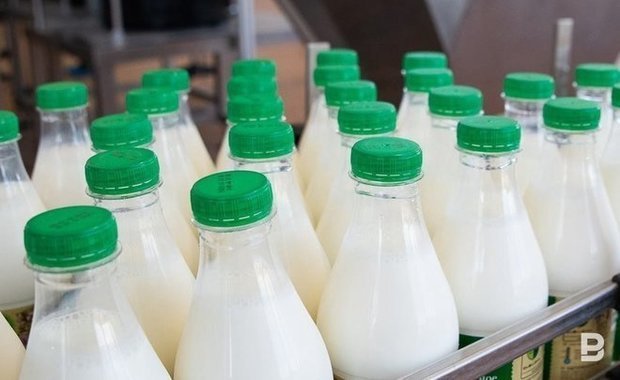
However, a number of factors can negate all the successes in the near future.
The first swallows have already flown. Let us remind that last month, the rais of the republic, Rustam Minnikhanov, in his next annual message to the State Council of Tatarstan, criticised several districts with insufficient milk production. Minnikhanov emphasised that in eight districts there is a shortage of livestock and a lack of dairy production.
“For example, not a single head of breeding cattle was purchased in the Drozhzhanovsky and Kamsko-Ustinsky districts last year. Currently, no major investment projects are being implemented in Drozhzhanovsky, Verkhneuslonsky, Rybno-Slobodsky, Mendeleevsky, Almetyevsk, Laishevsky, and Pestrechinsky districts. As a result, only one Kukmor district produces more milk than these eight combined. This is 140 thousand tonnes of milk a year. Our main task is to prevent a decrease in the number of livestock. The roadmap for its restoration, construction of new livestock complexes has been adopted by Tatarstan agricultural holdings. The Ministry of Agriculture needs to ensure control over the implementation," the rais stated in a message to the State Council of the Republic of Tatarstan.
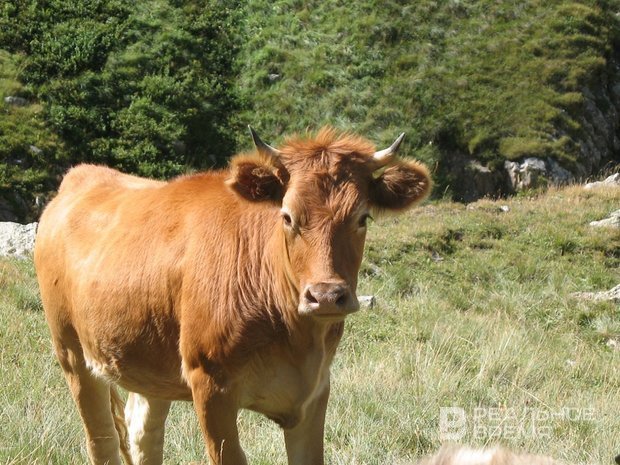
“Rustam Nurgalievich is right, if we let the processes that are going on in general in dairy production and the safety of cows take their course, then we can remain without them. Now we supply milk to other regions, but after a while we may come to the conclusion that we will import milk," Baytemirov warned.
According to Pirogov, an increase in the interest rate, a huge increase in the cost of fuel (according to Pirogov, it amounted to about 50%) and the exchange rate of currency baskets (40% higher than last year) have a negative impact on the dairy industry. Feed, veterinary drugs, and maintenance are becoming more expensive. 80% of dairy complexes in the republic have imported equipment installed, which requires appropriate spare parts. Thanks to the establishment of parallel imports, the problem of shortage is not acute, but the maintenance of equipment requires large investments. As a result, this year the cost of raw milk and its processed products is expected to increase by 10-15%, the expert noted.
Falling milk prices
One of the strongest blows for producers was the drop in purchase prices for milk. As Pirogov noted, the roots of the current problem should be looked for in the previous year. “The year 2022 was not an ordinary year.
Sanctions and counter-sanctions have begun to work. All imported dairy products from far abroad, including powdered milk, butter, cheeses and others, have ceased to arrive in Russia. Imports have dropped to almost zero. A niche was formed in the market, which our processors were successfully able to replace. Therefore, there was a rush demand for dairy raw materials and the price was rising. Every year, as a rule, we observe a seasonal decline in prices in summer and a seasonal increase in raw material prices in winter. This did not happen in 2022. Even at the beginning of summer, the price continued to rise until the end of the year. And at the same time, the volume of raw milk production was also growing. In Russia as a whole, it was 4%," he said.
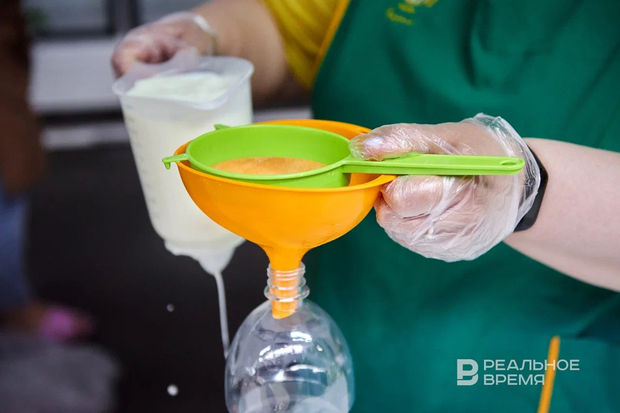
Good conditions and high prices motivated to increase the pace of milk production. However, in the end, this led to a drop in purchase prices, the general director of the Tatmolsoyuz drew attention.
“Agricultural organisations invested a lot, built complexes, bought equipment, imported cattle. As a result, the growth rate of raw milk production remained, but the market capacity has not increased. At the beginning of 2203, large rolling stocks of finished dairy products were formed, primarily exchange products — milk powder, butter, cheeses. The market dictates the terms. When such volumes of milk production were no longer needed, the prices of raw materials began to collapse. This is what we faced: from February — March 2023, prices went down. We celebrated the very minimum in June — July. By the beginning of 2023, prices were almost 15-20% lower than at the beginning of last year," Pirogov said.
According to the Union of Milk Producers of Tatarstan, 34 rubles 7 kopecks without VAT were the purchase prices at the beginning of 2023. The minimum figures recorded in June — July were approximately 27 rubles 60 kopecks without VAT.
As of October 15, the average price, according to the Tatmolsoyuz, is approaching 30 rubles 70 kopecks without VAT per liter of milk, which is by 12-13% higher than the minimum, but about 10% lower than last year. Pirogov noted that these figures are slightly different from those recorded in the Ministry of Agriculture, because the Union monitors only its member farms, mainly large enterprises producing more than 10 tonnes of milk a day. Farmers and private subsidiary farms have much lower prices.
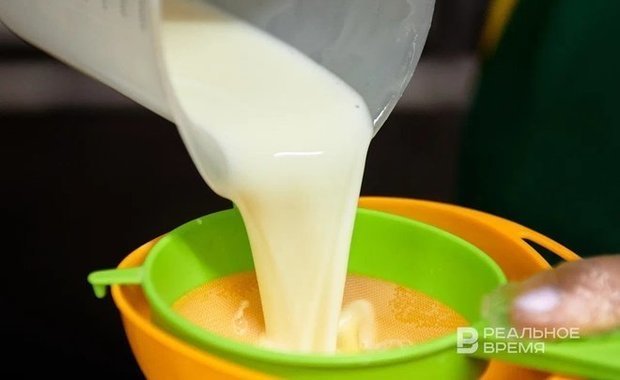
To date, there is an increase in milk in Russia by about 4-5% by 2022. In Tatarstan — 7-8%. This exceeds last year's figure. Therefore, the probability of a decrease in purchase prices for raw milk in the spring-summer period of 2024 is very high, Pirogov warned.
“Prices are falling — the profitability of milk production is falling. First of all, of course, personal subsidiary farms reacted to this. Peasant farmsteads began to reduce livestock. Therefore, if we are talking about milk production, then we must also keep the issue of pricing. Profitability should be sufficient to conduct expanded reproduction," Baytemirov is sure.
The head of the Association of Farmers and Peasant Farms of the republic assured that milk pricing is now under the personal control of Minister of Agriculture of Tatarstan Marat Zyabbarov.
“This issue is raised at every meeting. Probably, the impact of the administrative resource also allows, but... there is always “but”. Prices have fallen quickly, but it is difficult to raise them, as well as to reduce the prices of fuels and lubricants," Baytemirov complained.
Solving problems will take time
The absence of breeding cattle is dangerous for the economy of the republic: the districts mentioned by the rais have no other sources of income, Baytemirov said.
“And this, in turn, forms the tax base for the municipal district, forms those social programmes that come with financing — with the federal budget, with the regional budget. And, of course, this is the preservation of villages and the creation of jobs. Therefore, the state faces a lot of problems in connection with the reduction of livestock," he stressed.
The heads of the criticised districts, according to Baytemirov, have probably already met with the rais and received a “yellow card”. If they do not act, they will have to leave the position. However, the restoration of livestock will take a lot of time.
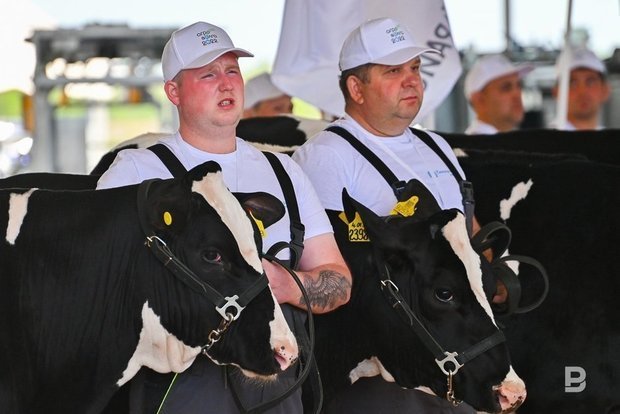
“Because it is necessary to find highly productive cattle, it is necessary to find people who probably no longer want to keep (cattle — ed.) or work on a farm, it is necessary to build a highly mechanised farm accordingly," said the head of the Association of Farmers and Peasant farmsteads.
Nevertheless, a positive factor is that all measures to support enterprises engaged in the production and processing of milk have been preserved, thanks to the Government of Russia and the Government of Tatarstan. This is support for the production of a kilogramme of milk, for the cultivation of breeding heifers, for the construction and equipping of complexes, Pirogov listed. According to the expert, the latter measure provides for compensation of costs up to 25%, which is a very large amount. Thanks to them, many investment projects have been saved.
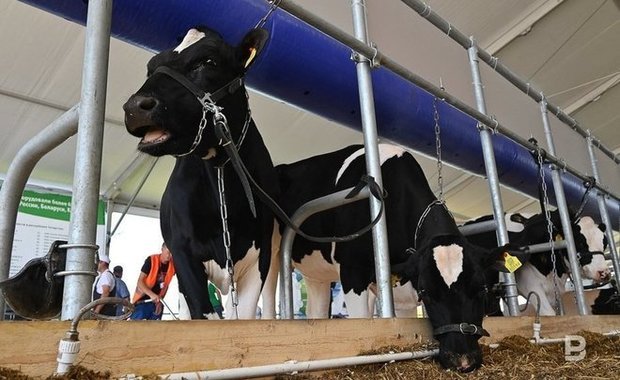
In total, about 1,2 billion rubles were allocated to Tatarstan citizens last year as part of the support for a kg of milk, more than 1 billion for breed support. These are federal and republican subsidies. Manufacturers received payments at the beginning of 2023.
“Plus, we appealed to the leadership of the Republic of Tatarstan (with a request — editor's note) to allocate additional support due to that there was such a decrease in prices for raw milk. And thanks to the rais of the republic, another 500 million (at the rate of 2 rubles per 1 kg of milk) was allocated to compensate for the costs of milk production," Pirogov shared.
But the initiatives of Tatmolsoyuz do not end there. There are plans to ask for compensation for the cost of purchasing feed. Such a measure of support has already been provided in 2021.
“It is difficult to say how realistic it will be, but we are doing this work," assured Pirogov.
Plans for the future
In the future, according to the general director of Tatmolsoyuz, it is necessary to develop two directions — export of dairy products and increase its consumption per capita. There is potential. Thus, according to Pirogov, serious export assistance is being provided in Russia. Producers of finished dairy products can compensate for logistics costs to the border of Russia due to one hundred percent state support.
At the same time, prices for exchange-traded products in the country are lower than world prices, the expert said. For example, according to the exchange rate, the world price for skimmed milk powder (SOM) is 260 rubles, and in Russia — it is 180-190 rubles.
“Today, there is a green light for this direction, you just need to study," said Pirogov.
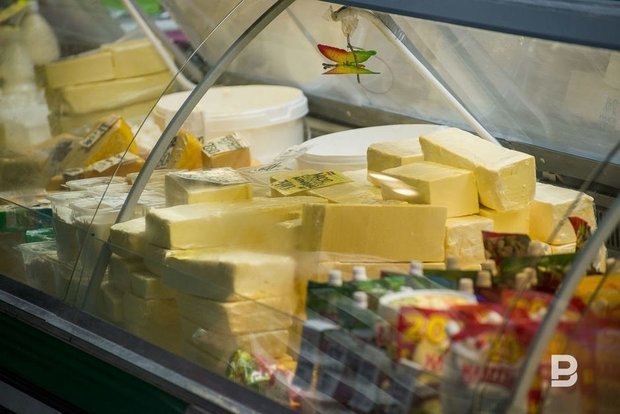
As for the increase in milk consumption, today it is 220-240 kg per year. The Ministry of Healthcare recommends standards of 300-320 kg per capita in terms of raw milk. That is, the potential is 30%, the expert explained.
According to him, Russia produces 24 million tonnes of milk per year. The volume of milk production in Tatarstan is 2 million tonnes. Tatmolsoyuz sets a task to increase consumption in the republic by at least 10 liters in a year or two.
Pirogov called the federal-level programme “School Milk” one of the mechanisms that can be used.
“A glass of milk a day. We will immediately sell these 10 liters per capita. Moreover, funding needed is not so much," the expert summed up.